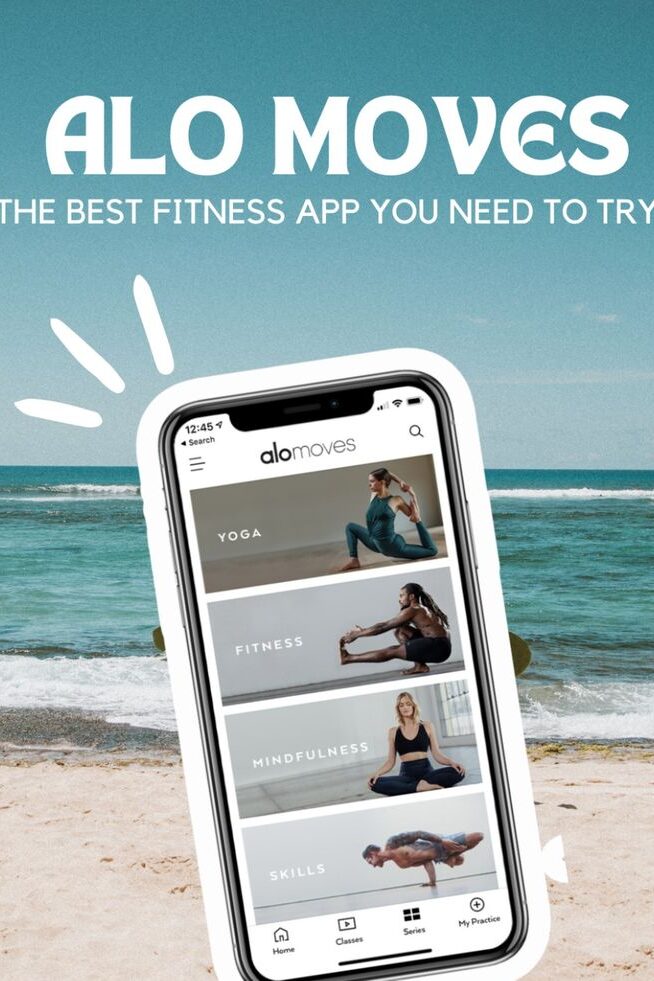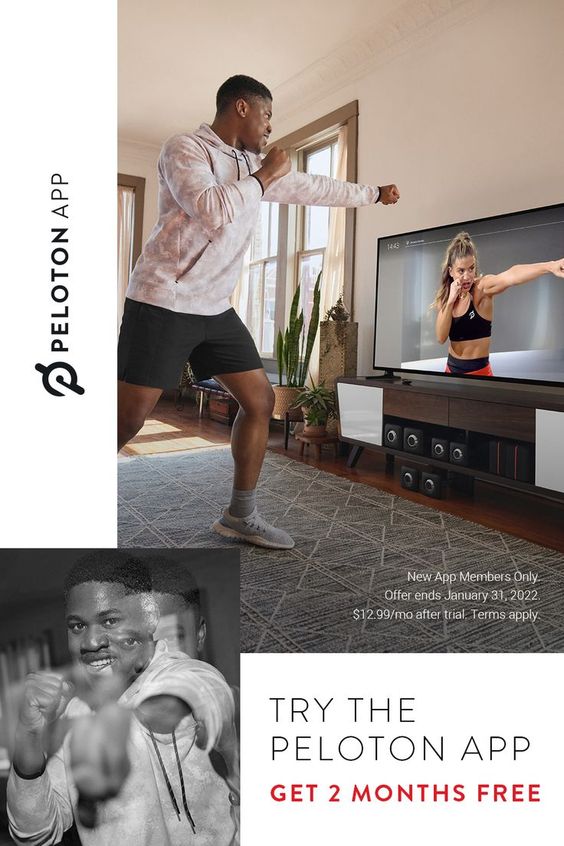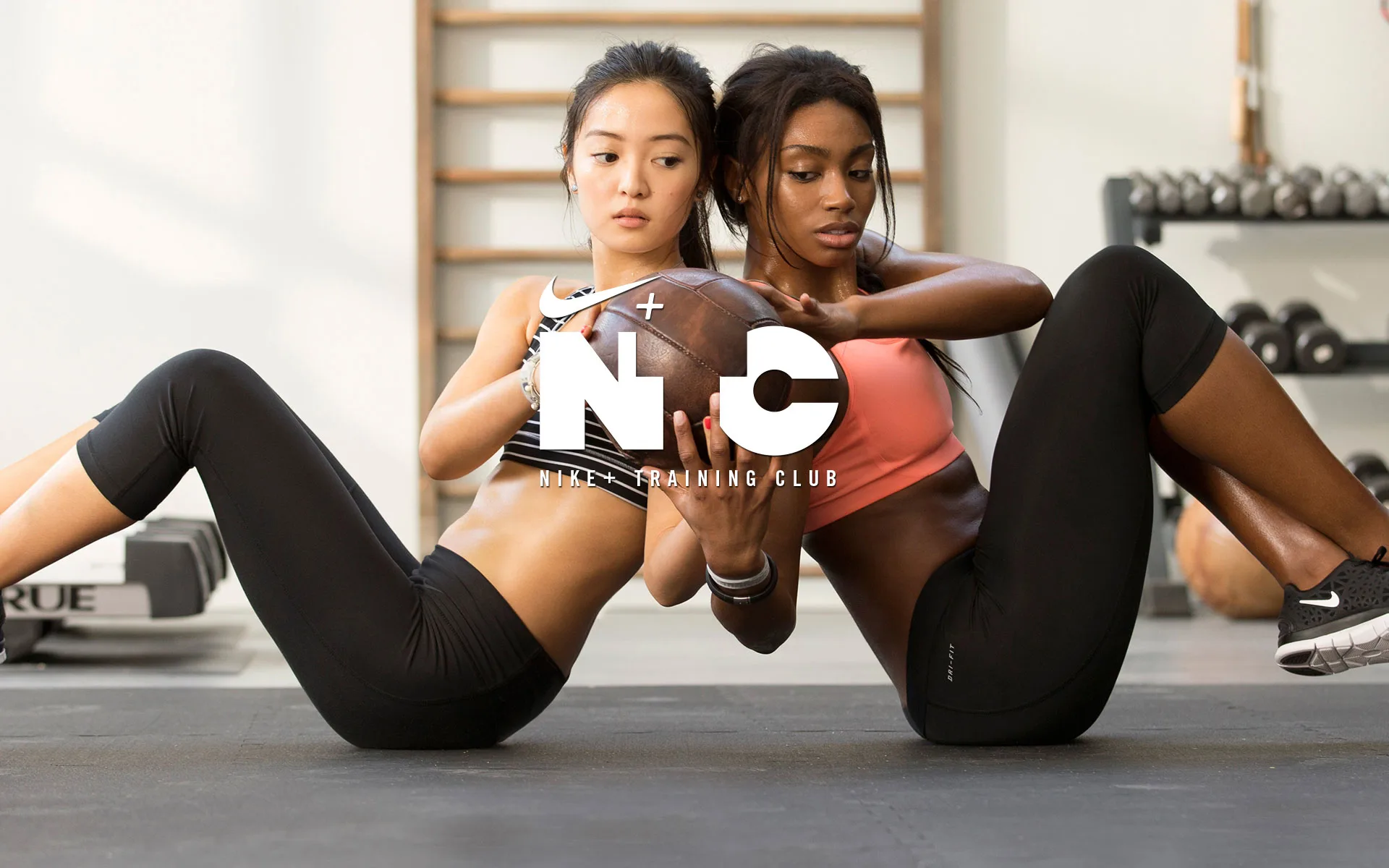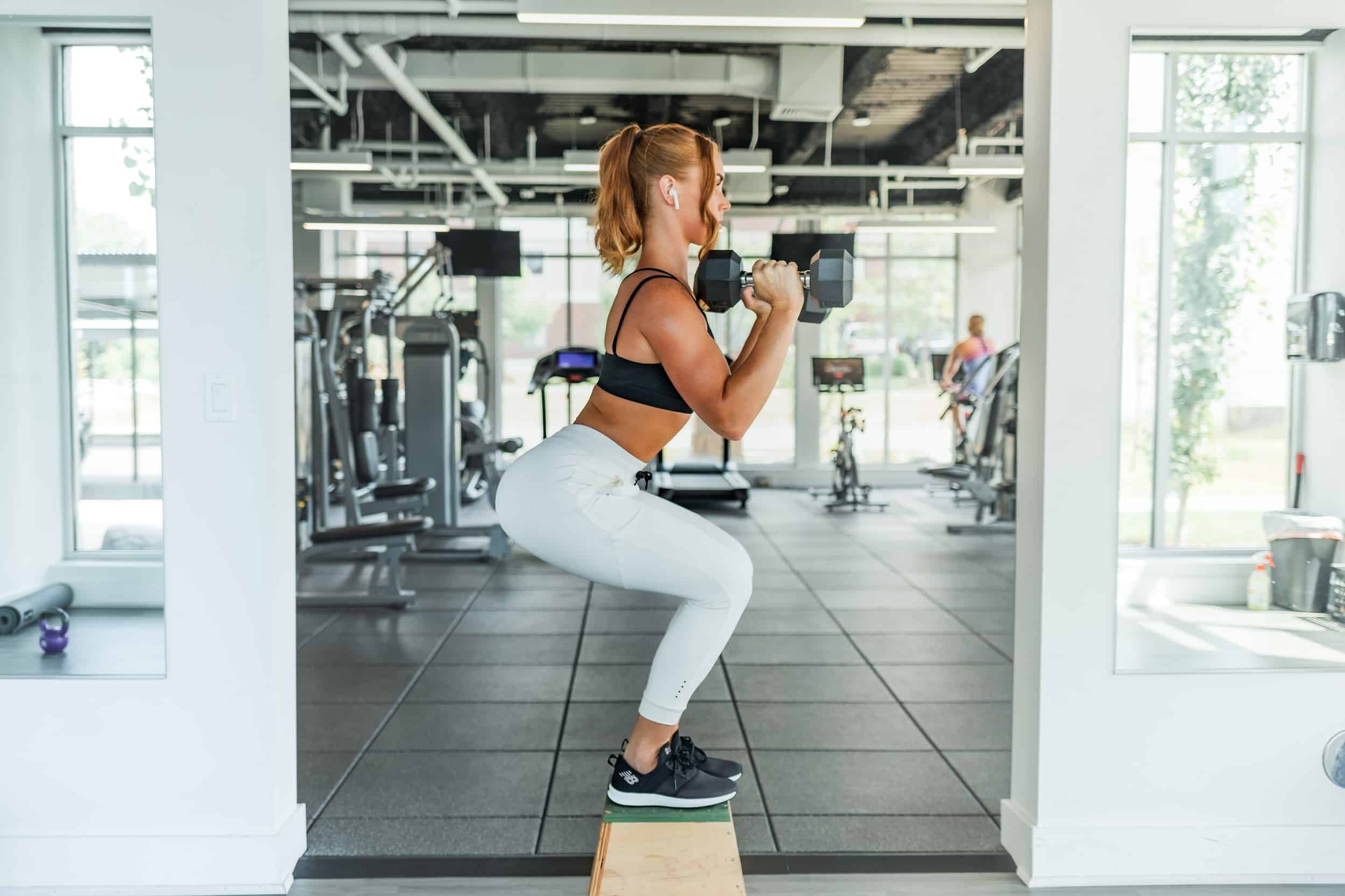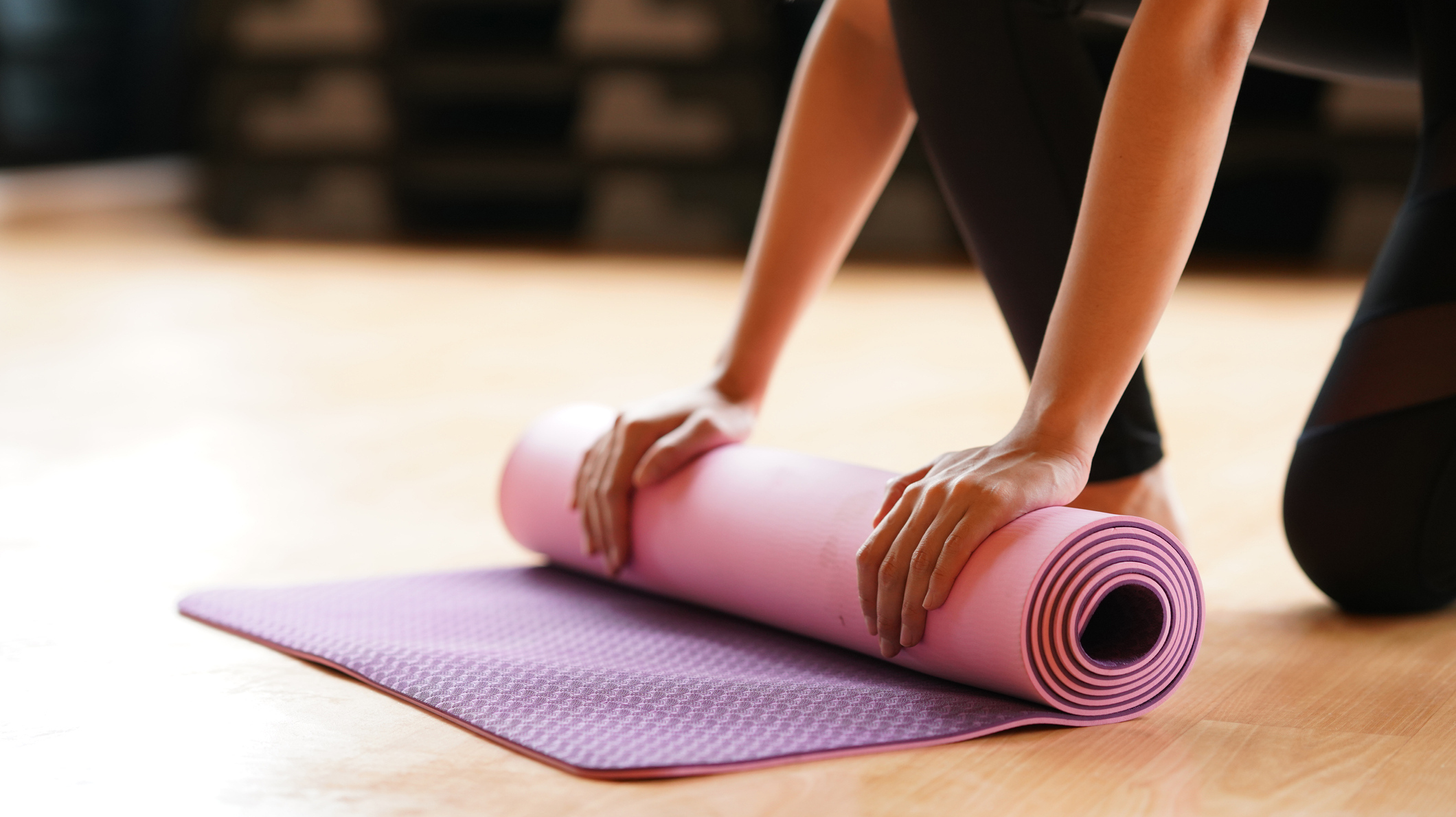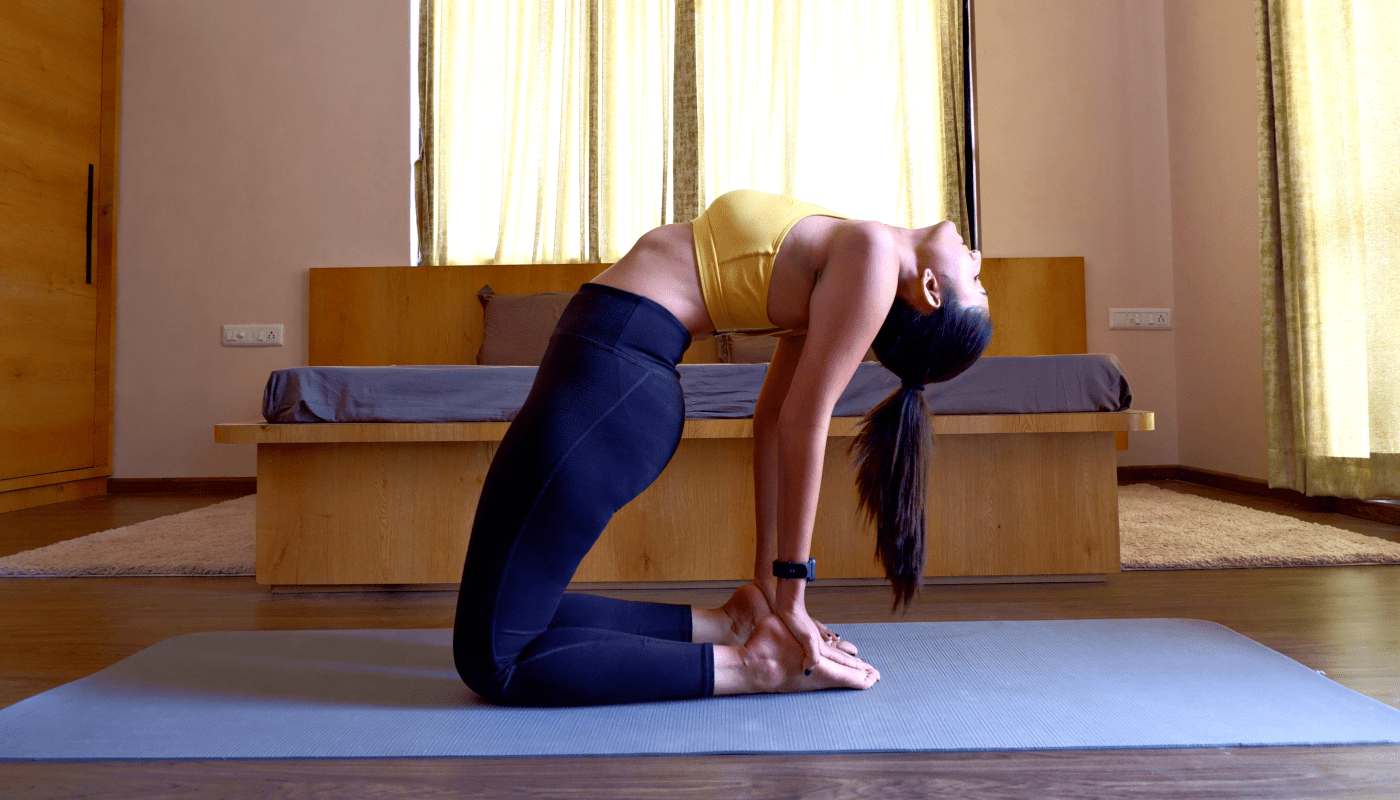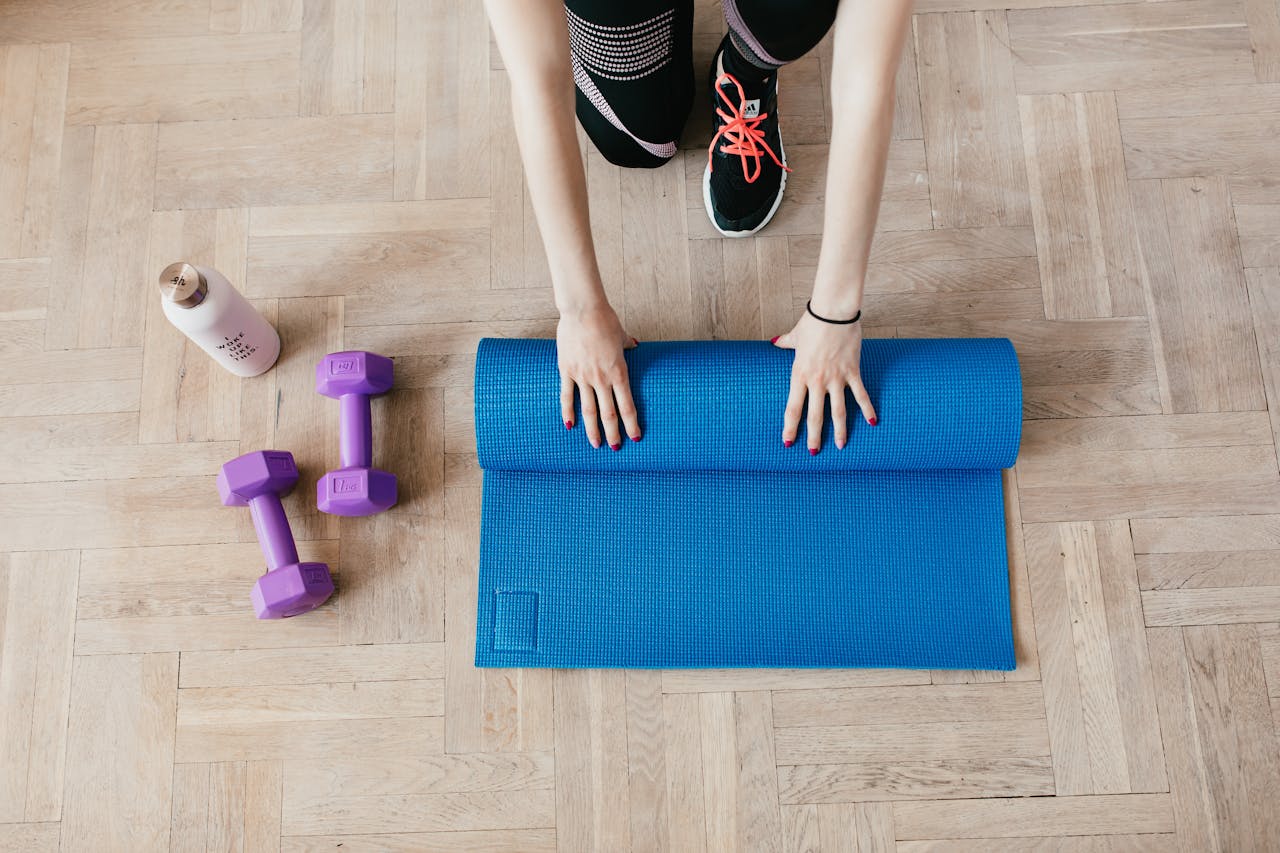In today’s tech-driven world, fitness apps have become essential for anyone wanting to enhance their workout routine. With countless options available, finding the right app can significantly impact fitness goals. The best fitness apps complement your gear by offering tailored workouts, tracking progress, and providing expert guidance.
Whether someone is just starting their fitness journey or looking to break through a plateau, these apps can adjust to various fitness levels and goals. They also offer nutrition advice, ensuring a more holistic approach to fitness. By integrating technology into workouts, users can experience motivation and accountability like never before.
From beginner-friendly routines to advanced training programs, the right fitness app can make all the difference. The following apps are some of the top contenders to help individuals maximize their workout experience and stay on track with their fitness aspirations.
Key Takeaways
- Fitness apps provide customized workout plans suitable for all levels.
- Many apps include nutrition tracking to enhance overall wellness.
- Diverse workout options and expert guidance keep users engaged and motivated.
Selecting the Right Fitness App
Choosing the right fitness app is crucial for anyone looking to enhance their workout experience. With various apps available, users can find options suited to their specific fitness goals, whether it’s for home workouts or tracking progress. Key features and user-friendliness play an important role in making an informed decision.
Understanding Different Fitness Apps
Fitness apps come in various types, each serving unique purposes. Some focus on workout tracking, while others provide guided workouts or nutrition plans. For example:
- Workout Trackers: These apps help users log their exercises and progress over time. They are ideal for those who enjoy tracking their workouts.
- Guided Workout Apps: Apps like Nike Training Club offer visual instructions and series of exercises, making them excellent for beginners.
- Personal Coaching Apps: These provide tailored plans and input from fitness coaches, suitable for users wanting personalized support.
Finding the right type depends on individual preferences and fitness levels.
Key Features to Look For
When selecting a fitness app, users should consider a few key features for a better experience:
- User-Friendly Interface: An intuitive layout helps users navigate easily. This is especially important for beginners.
- Variety of Workouts: The app should offer diverse workouts, including strength training, cardio, and flexibility routines.
- Progress Tracking: Features that track performance over time are essential. This includes metrics like calories burned and improvements in strength.
- Social Interaction: Some apps include social features, allowing users to share progress and challenges with friends for added motivation.
These features can enhance the workout experience and maintain engagement.
Best for Beginners
For individuals new to fitness, selecting an app that provides clear guidance is essential. Nike Training Club stands out as the best free workout app for beginners. It offers structured workouts with instructional videos, making it easier to follow along.
Other user-friendly options include FitOn, which provides live classes and pre-recorded workouts that are suitable for all fitness levels. Apps like Gymshark Training also cater to beginners with simple and effective routines. Choosing an app with beginner-friendly features can make the fitness journey less intimidating.
Comparing Free vs. Subscription-Based Apps
Many fitness apps offer both free versions and subscription-based options. Free apps, such as Nike Training Club, provide a wide range of free workouts and tracking features, making them accessible for beginners.
Subscription-based apps usually offer more comprehensive features, such as personalized coaching and advanced metrics. While these apps often charge a monthly fee, they can deliver significant value for those serious about their fitness goals. Users must weigh the benefits against their budget to decide which option best fits their needs.
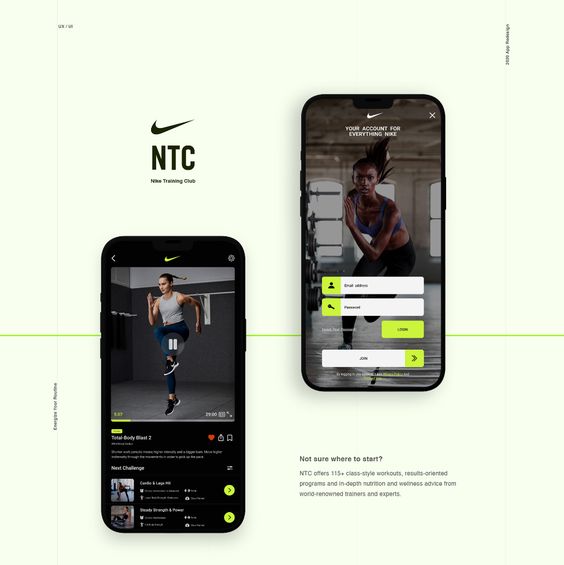
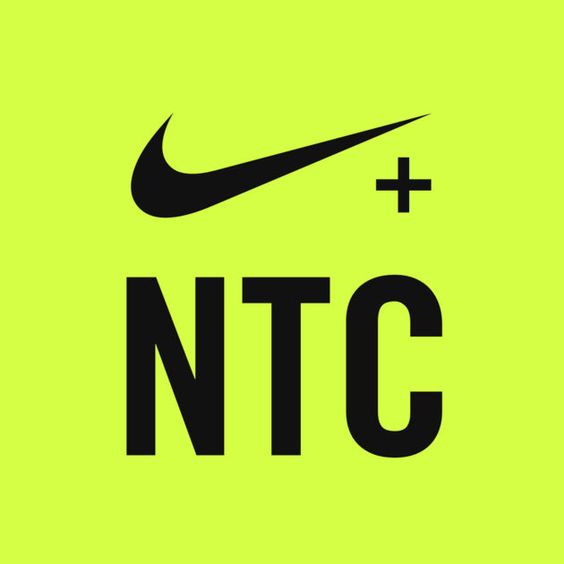
Customized Workout Plans and Tracking Progress
Customized workout plans are essential for effective fitness routines. They allow individuals to work at their own pace and target specific goals. Tracking progress is equally important as it helps maintain motivation and ensure continuous improvement.
Importance of Personalized Programs
Personalized programs cater to individual fitness levels and preferences. They consider factors like current fitness level, available equipment, and specific objectives. For example, a beginner might focus on foundational movements, while an advanced athlete may implement progressive overload to increase weight or intensity gradually.
These tailored plans help prevent injuries by ensuring exercises are suitable for the user. Apps like Nike Training Club and Future offer tailored workout suggestions that fit each user’s needs. This approach leads to better results and keeps users engaged.
Setting and Achieving Fitness Goals
Setting clear, achievable fitness goals gives structure to workout plans. Goals such as losing weight, building muscle, or improving endurance provide a sense of direction.
Using SMART criteria can help define these goals:
- Specific: Define what is to be achieved.
- Measurable: Track progress with data.
- Achievable: Ensure goals are realistic.
- Relevant: Align them with personal interests.
- Time-bound: Set deadlines for achieving goals.
Fitness apps facilitate this process by allowing users to input their goals and track milestones. This keeps individuals accountable and motivated throughout their fitness journey.
Monitor Your Fitness Journey
Monitoring fitness progress is crucial for success. Users can track workouts, including weights lifted, distances run, or calories burned. This data provides insights into how workouts contribute to achieving fitness goals.
Many apps offer features to log workouts and visualize progress. For example:
- Strong Workout Tracker: Tracks gym sessions and logs weights.
- FitOn: Provides live classes where users can see real-time performance metrics.
Regularly reviewing this data helps users understand what works and what needs adjustment. By keeping an eye on their journey, individuals can adapt their workout plans, making necessary changes to stay aligned with their personal goals.
Integrating Nutrition and Exercise
Nutrition plays a key role in supporting fitness routines. By effectively combining meal planning and exercise, individuals can enhance their overall health and achieve fitness goals more efficiently. Proper nutrition helps fuel workouts and aids in recovery, making it essential for a balanced regimen.
Meal Plans and Healthy Recipes
Creating targeted meal plans can greatly benefit those looking to support their fitness goals. A well-structured meal plan ensures that nutritional needs are met while allowing for weight loss or muscle gain.
Key Components of a Meal Plan:
- Macro Balance: Include an appropriate mix of proteins, carbohydrates, and fats.
- Caloric Intake: Adjust portion sizes based on fitness goals (e.g., deficit for weight loss).
- Meal Timing: Align meals around workouts for optimal energy and recovery.
Incorporating healthy recipes into meal plans can also keep meals exciting. For example, grilled chicken with quinoa and steamed vegetables provides protein and nutrients, while a green smoothie can serve as a refreshing post-workout snack.
Balancing Diet with Workout Routines
Balancing diet with exercise is vital for maximizing results. Understanding how to match calorie intake with energy expenditure is essential.
Tips for Balance:
- Pre-Workout Snacks: Consuming a light snack such as a banana or oatmeal can provide immediate energy.
- Post-Workout Nutrition: Focus on high-protein foods like Greek yogurt or protein shakes to aid muscle recovery.
- Hydration: Drink water throughout the day, especially before and after workouts to maintain hydration levels.
Using apps with meal planners can help streamline this process. They can suggest recipes based on workout schedules and nutritional needs. This integration leads to more effective fitness routines, supporting weight loss and overall health.
Diverse Workouts and Expert Guidance
A variety of workout types and access to expert guidance can enhance any fitness journey. Many apps provide structured programs that cater to different interests and skill levels, ensuring users stay engaged and challenged.
Variety in Fitness Regimens
Different workout styles keep routines fresh and exciting. Common options include:
- Strength Training: Focuses on building muscle and endurance. Apps like Fitbod and Nike Training Club offer tailored strength workouts for all levels.
- Yoga: Enhances flexibility and mental well-being. Platforms like Alo Moves provide guided yoga sessions for relaxation or more intense practices.
- Pilates: Strengthens the core and improves posture. Users can find Pilates classes in apps aimed at full-body conditioning.
- HIIT (High-Intensity Interval Training): Perfect for those looking to burn calories quickly. Many apps feature HIIT workouts that are effective and time-efficient.
Benefits of Instructor-Led Workouts
Instructor-led sessions carry significant advantages. Live classes allow users to connect with an instructor, ensuring proper technique and motivation. The following points highlight key benefits:
- Personal Feedback: Instructors can provide immediate tips to enhance performance.
- Motivation and Accountability: Engaging with a live coach or an instructor keeps motivation high.
- Structure and Progression: Instructor-led programs help users progress safely through various levels of intensity, ensuring they do not plateau.
Popular apps like Peloton and FitOn integrate live classes, giving users a sense of community and support.
Exploring Community and Group Classes
Group classes foster a sense of community and can boost motivation. Features of group classes in fitness apps include:
- Networking Opportunities: Users can meet others with similar goals and interests.
- Friendly Competition: Many apps include leaderboards, allowing users to compete in a supportive way.
- Diverse Class Offerings: Group classes often cover various styles like dance, cycling, or yoga, catering to different preferences.
Brands like Centr and Fitbod emphasize community support with group sessions, making fitness not just a personal endeavor, but a shared experience.
